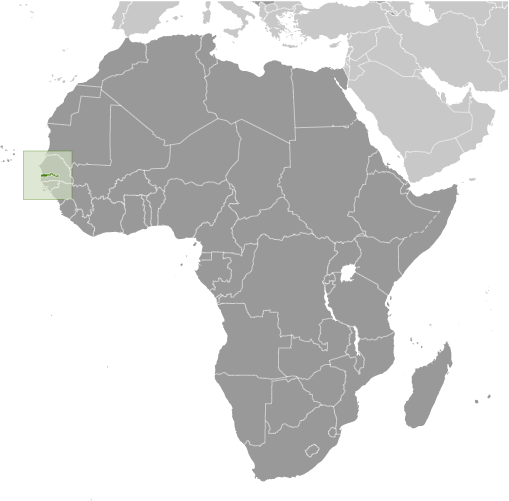
The Gambia is one of Africa's smallest and poorest countries. It is approximately 11,300 square kilometers (4,361 square miles), which is less than half the size of Maryland. Of the 1.79 million people that live there, 58% live in urban areas, with an annual population growth of 1.668% and an infant mortality rate of 71/1,000. There is a very high risk of major infectious diseases, such as hepatitis A, typhoid fever, and schistosomiasis. As for education, students are only expected to study up until the age of eight. As a result, the adult literacy falls short at 40.1%, which is about half that of the world.
Poverty is widespread and mostly rural, for more than 60% of the rural population is classified as poor. More than 90% of extremely poor people and more than 70% of other people, who are classified as poor, rely heavily on agriculture for survival. During the 'Hungry Season', a two to four month period at the peak of the rainy season between July and September, food is scarce. The recent global recession has made it difficult for the poor and for others to buy food and to care for their families. Because of this, families cannot afford proper healthcare, and hospitals cannot afford materials for their patients. There are only five hospitals that serve the population of The Gambia, and even these hospitals are not always kept in the greatest condition. With fertility rates nearly triple that of the U.S. and a life expectancy of only fifty-five years, it is nearly impossible for these five hospitals, which in addition are illuminated by mere candles, to meet the needs of all the people. That is why Power Up Gambia aims at providing proper electricity and water to hospitals in The Gambia through the power of solar energy.